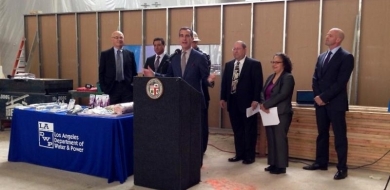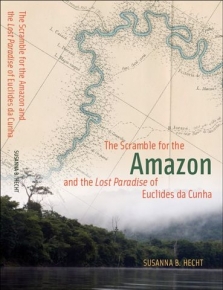Availability of alcohol linked to alcohol-related suicides
Greater availability of alcohol is associated with a higher proportion of alcohol-related suicides, especially among American Indians and Alaska Natives, according to a new study by UCLA professor Mark Kaplan.
Using data from the National Violent Death Reporting System and compiling density data from state alcohol licensing agencies in 14 U.S. states, Kaplan and his co-researchers discovered positive associations between both on-premise and off-premise alcohol outlet density and the presence of alcohol in people who committed suicide.
Overall, 33.9 percent of suicide decedents were found to have positive levels of blood alcohol concentration (BAC) and 21.4 percent had a BAC greater than or equal to .08 grams per deciliters, which is used as a threshold measure of alcohol intoxication. This correlation was higher for American Indian and Alaska Native group.
Previous work by Kaplan, who was lead investigator on a project funded by the National Institute on Alcohol Abuse and Alcoholism, showed that alcohol use and legal intoxication prior to suicide is common among US racial sub-groups, especially American Indian and Alaska Natives. This group had the highest rate of legal intoxication among other ethnicity groups.
“The associations between off premise density and American Indian/Alaska Native race status can be because of their specific patterns of drinking,” said Kaplan, a professor of social welfare at the UCLA Luskin School of Public Affairs. Many American Indian/Alaska Native reservations and villages are dry communities, which may lead drinkers to seek off premise outlets to purchase alcohol.
The study, which was recently published in the journal Addiction, notes: “These individuals may also be affected by the concentration of off premise outlets because they are disproportionately of low socioeconomic status, and buying and drinking off premise is cheaper than drinking on premises.”
The researchers conclude that policies to reduce access to alcohol can help reduce alcohol-associated suicides in the future. In addition, more focused initiatives such as interventions and referral programs can help individuals who are contemplating suicide.
“Our analysis uses the only U.S. national data set available that examines blood alcohol levels among suicide decedents, providing accurate, timely, and comprehensive surveillance data with unrivaled toxicology information,” Kaplan said. “Combining that with detailed information about on-premise and off-premise alcohol outlet densities provides a resource for policymakers and public health officials to design and implement effective policies and programs to reduce the incidence of suicide, particularly in high-risk groups.”
The study was supported by the National Institute on Alcohol Abuse and Alcoholism (R01 AA020063). Authors include Norman Giesbrecht of the Centre for Addiction and Mental Health ; Nathalie Huguet of Portland State University; Lauren Ogden of Portland State University; Mark S. Kaplan, Department of Social Welfare at the UCLA Luskin School of Public Affairs; Bentson McFarland of Oregon Health and Science University; Raul Caetano of the University of Texas School of Public Health; Kenneth Conner of the University of Rochester Medical Center; and Kurt Nolte of the University of New Mexico School of Medicine.
For a copy of this paper, contact Jean O’Reilly, Editorial Manager, Addiction (jean@addictionjournal.org, tel +44 (0)20 7848 0853).
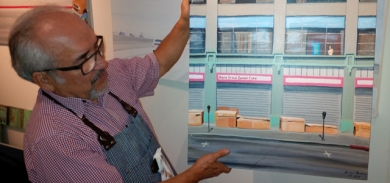
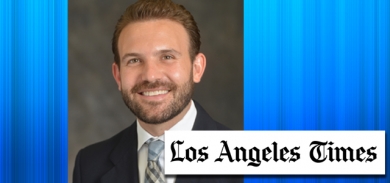

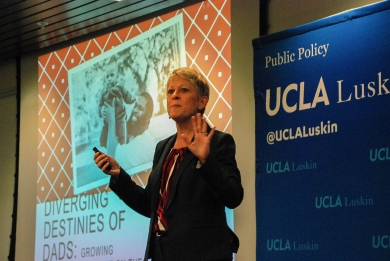 By Stan Paul
By Stan Paul